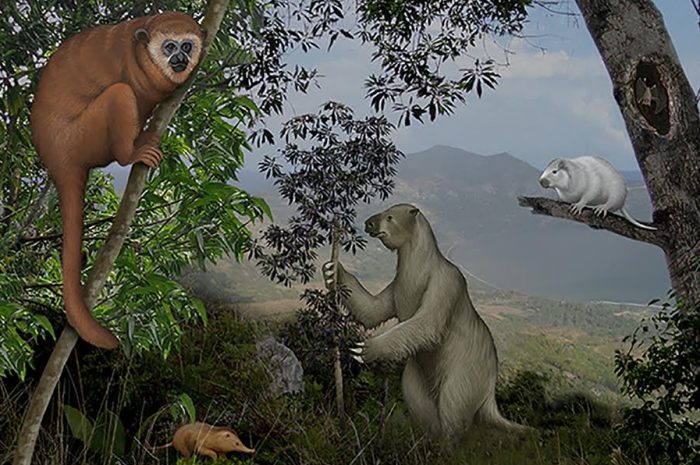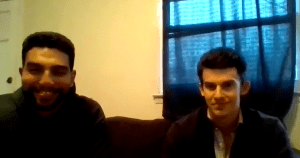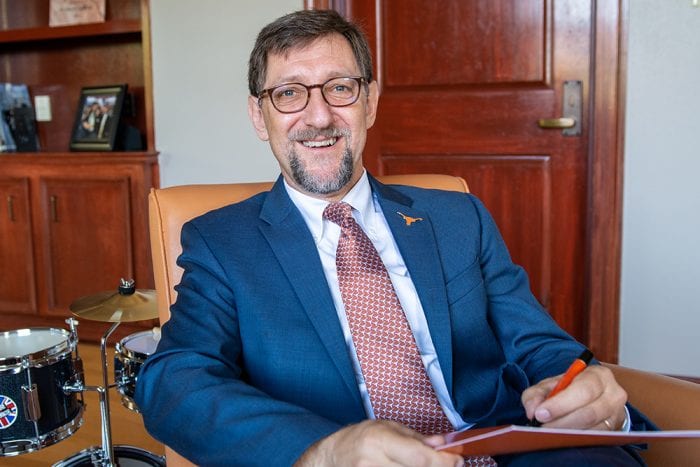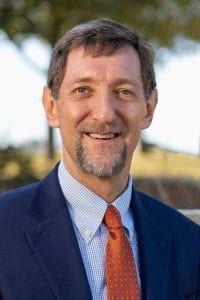By Daniel Dunaief
“Water, water everywhere, nor any drop to drink,” according to Samuel Taylor Coleridge in his poem “The Rime of the Ancient Mariner.”
That won’t be the case, particularly in areas with fresh water that needs decontamination, if Stony Brook’s Ben Hsiao and Priyanka Sharma have anything to say about it.
The duo recently won first place for creativity in the prestigious Prince Sultan Bin Abdulaziz International Prize for Water that drew research applicants, and runners up, from all over the world who are addressing water-related challenges. Hsiao, Distinguished Professor in the Department of Chemistry at Stony Brook University and Sharma, Research Assistant Professor, will receive $133,000 for winning first place for the award which is given every other year.
Hsiao and Sharma are continuing to develop a plant biomass-based filtration system that is designed to make drinking water, a scarce necessity in developing nations around the world, more accessible to people who sometimes have to walk hours each day for their allotment.
Hsiao said he was “really honored [just] to be nominated” by the Department Chair Peter Tonge. “There are so many people in the whole world working on water purification.”
Winning the award was “truly a surprise,” with Hsiao adding that he is “humbled” by the honor.
Sharma said it was an “amazing feeling to receive an international prize.” The work, which has received two other awards including from the New York Academy of Science, has “truly gained its importance,” she wrote in an email.
Sharma said her parents and her husband Sunil Kumar Sharma’s parents, who live in her native India, have been “spreading the news” in India and are excited for the recognition and for the potential benefit to society from the research.
Hsiao, who started working on filtration systems in 2009 after Richard Leakey invited him to visit the Turkana Basin Institute in Kenya, has made several discoveries in connection with a process he hopes becomes widely available to people in communities that don’t have electricity.
He and Sharma have developed adsorbents, coagulants and membrane materials from biomass-sourced nanocellulose fibers.
The standard commercial water purification system involves using artificial polymers, in which electricity pumps water through the filter that can remove bacteria, viruses, heavy metals and other potential contaminants.
Hsiao and Sharma, however, have turned to the plant world for a more readily available and cost effective solution to the challenge of filtering water. Plants of all kinds, from shrubs to bushes to feedstock, have overlapping cellulose fibers. By deploying these overlapping needles in filters, the Stony Brook scientists can remove the kind of impurities that cause sickness and disease, while producing cleaner water.
The needles, which are carboxy-cellulose nanofibers, act as a purifying agent that has negative surface charge which causes the removal of oppositely charged impurities. By using these fibers for water purification, Sharma said the team has improved the efficiency and cost related to impurity removal.
Hsiao and Sharma have not tested this material for filters yet. A few years ago, Hsiao used a similar material for filtration. When Sharma joined Hsiao’s lab, she helped develop a cost effective and simpler method, which is how she started working on the nitro-oxidation process. The substrate from nitro-oxidation acts as a purifying agent like charcoal.
The substrates they created can benefit the developed as well as the developing world. In the future, if they receive sufficient funds, they would like to address the ammonium impurities initially on Long Island. The area regularly experiences algal blooms as a result of a build up of nitrogen, often from fertilizers.
The negatively charged substrate attracts the positively charged ammonium impurities. They have tested this material in the lab for the removal of ammonium from contaminated water. Not only does that cleanse the water, but it also collects the ammonium trapped on the carboxycellulose fibers that can be recycled as fertilizer.
Hsiao is working with two countries on trying to make this approach available: Kenya and Botswana. The Kenya connection came through the work he has been doing with Richard Leakey at Stony Brook’s Turkana Basin Institute, while Botswana is a “small but stable country [in which he can] work together to have some field applications.”
Hsiao said Sharma, whom he convinced to join his lab in 2015, has a complementary skill set that enables their shared vision to move closer to a reality.
Sharma’s “cellulose chemistry is a lot better than mine,” Hsiao said. “I have these crazy visions that this is going to happen. She allows me to indulge my vision. Plus, we have a team of dedicated students and post docs working on this.”
Hsiao encouraged Sharma to join his research effort when he offered his idea for the potential benefits of the work.
Hsiao said he “ wanted to do something for societal benefit,” Sharma said. “That one sentence excited me.” Additionally, she said his lab was well known for using the synchrotron to characterize cellulose nanofibers and for developing cellulose based filtration membranes.
Coming from India to the United States “wasn’t easy,” as no one in her extended family had been to the states, but she felt a strong desire to achieve her academic and professional mission.
Hsiao described Sharma as a “promising, talented scientist,” and said he hopes they can land large research grants so they can continue to develop and advance this approach.
Back in 2016, Hsiao set an ambitious goal of creating a process that could have application throughout the world within five years, which would be around now.
“I was naive” about the challenges and the timing, Hsiao said. “I still have another five to 10 years to go, but we’re getting closer.”
Broadly, the effort to provide drinkable water that is accessible to people throughout the world is a professional challenge Hsiao embraces.
The effort “consumes me day and night,” he said. “I’m dedicating the rest of my life to finding solutions. I’m doing this because I feel like it’s really needed and can have a true impact to help people.”

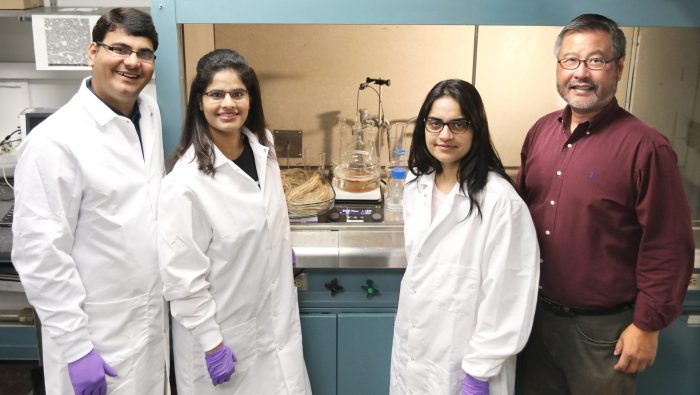
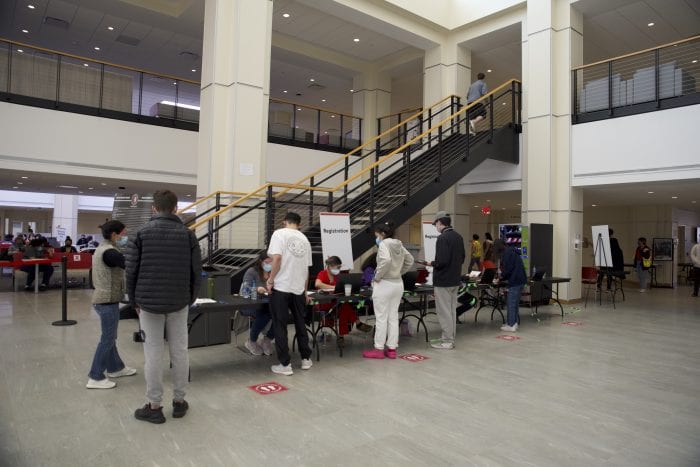
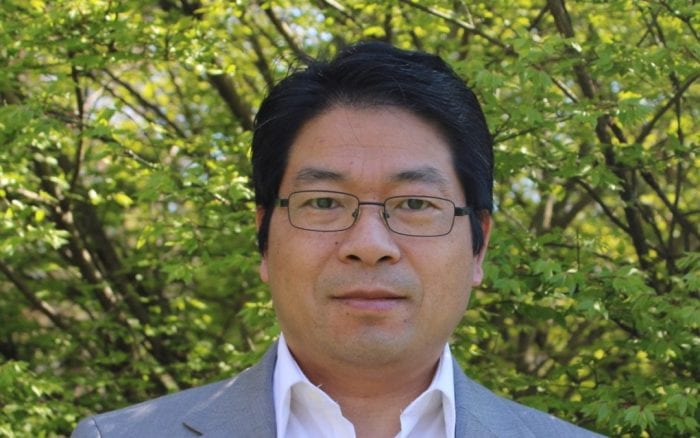

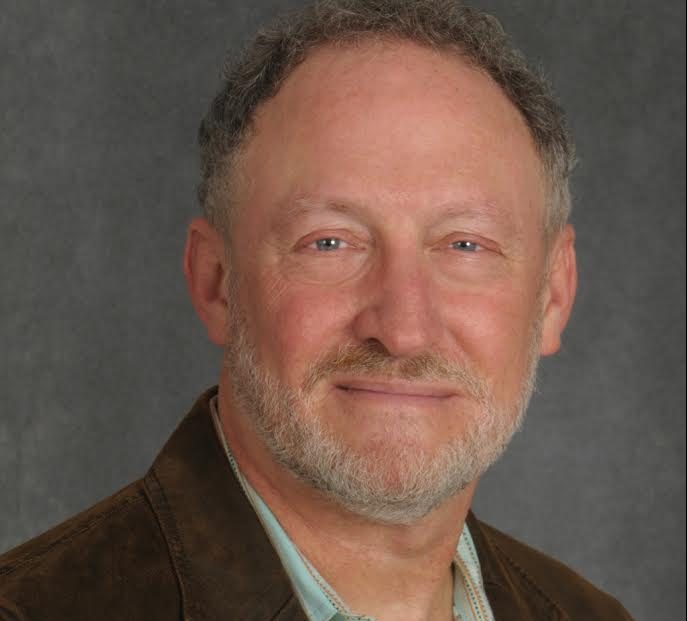
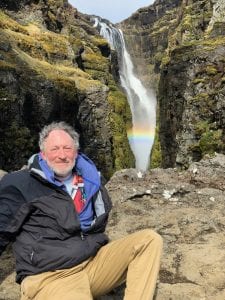
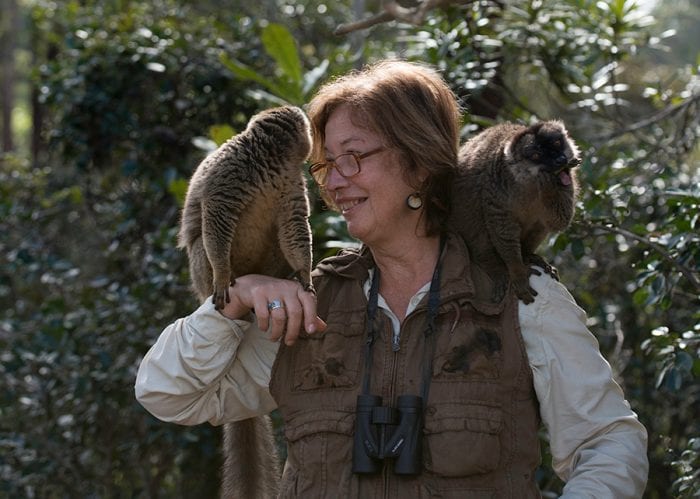
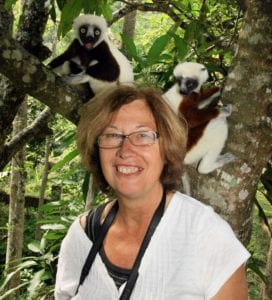 Wright: I flew back in January just after New Year’s. The Madagascar I saw was a lot different from New York. They have been able to stave off Covid by not allowing people into the country. It’s an island nation. There’s only one international airport. It was in some ways, a little bit better than in New York because there was less Covid. However, economically, it was a disaster because much of the gross national product for Madagascar is tourism and there has been absolutely no tourists there, and no researchers, either.
Wright: I flew back in January just after New Year’s. The Madagascar I saw was a lot different from New York. They have been able to stave off Covid by not allowing people into the country. It’s an island nation. There’s only one international airport. It was in some ways, a little bit better than in New York because there was less Covid. However, economically, it was a disaster because much of the gross national product for Madagascar is tourism and there has been absolutely no tourists there, and no researchers, either.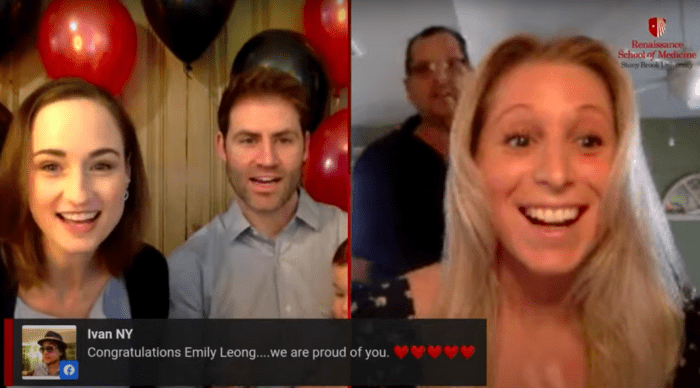
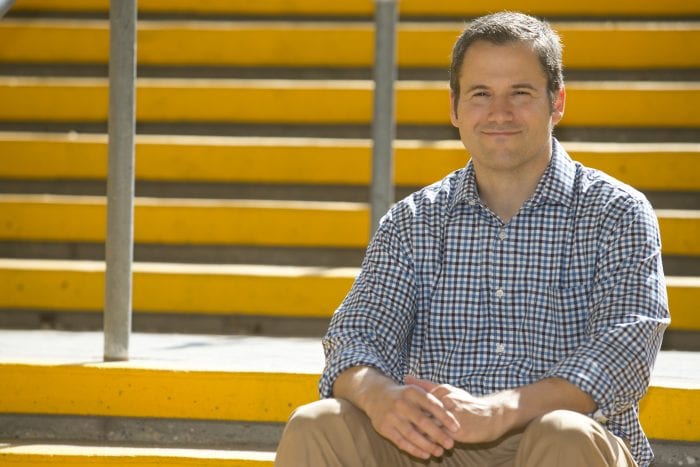
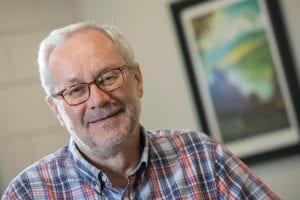
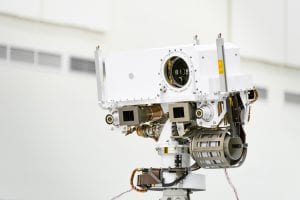
 Using information from orbiters, scientists have seen minerals in the Jezero crater that are only found when water and rock interact.
Using information from orbiters, scientists have seen minerals in the Jezero crater that are only found when water and rock interact. As a member of the Returned Sample Science Working Group, McLennan, who is a specialist in studying the chemical composition of sedimentary rocks, helps choose which rocks to collect and set aside to bring back to Earth. The rocks could return on a mission some time in the 2030s.
As a member of the Returned Sample Science Working Group, McLennan, who is a specialist in studying the chemical composition of sedimentary rocks, helps choose which rocks to collect and set aside to bring back to Earth. The rocks could return on a mission some time in the 2030s.